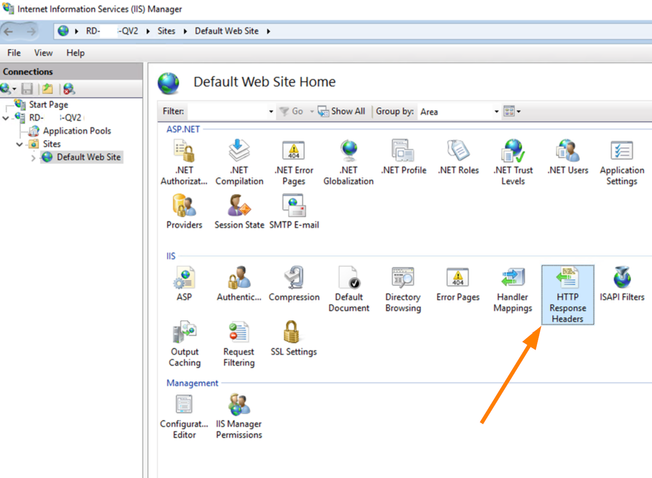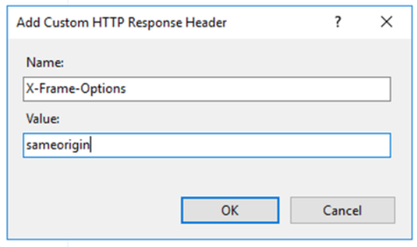Unlock a world of possibilities! Login now and discover the exclusive benefits awaiting you.
- Qlik Community
- :
- Support
- :
- Support
- :
- Knowledge
- :
- Support Articles
- :
- Setting Custom HTTP Headers in IIS for QlikView
- Subscribe to RSS Feed
- Mark as New
- Mark as Read
- Bookmark
- Subscribe
- Printer Friendly Page
- Report Inappropriate Content
Setting Custom HTTP Headers in IIS for QlikView
- Mark as New
- Bookmark
- Subscribe
- Mute
- Subscribe to RSS Feed
- Permalink
- Report Inappropriate Content
Setting Custom HTTP Headers in IIS for QlikView
Aug 13, 2021 4:05:38 AM
May 15, 2019 11:30:43 AM
QlikView allows for the use of custom HTTP headers.
From version 12.30 onwards, this can be configured with the QlikView Web Server (see QlikView WebServer: Custom HTTP Header). For any previous versions, Microsoft IIS is required.
HTTP headers are used to utilize inbuilt browser features or other use cases for unique environments. These headers could include and are not limited to X-XSS-Protection, Content-Type, X-Frame-Options ... etc
Environment:
QlikView
Microsoft IIS
Using Microsoft IIS to set custom HTTP headers
This article assumes that Microsoft IIS is already installed and used as QlikView's webserver. For more information on how to install and configure IIS, see How to configure: QlikView and IIS.
Adding custom HTTP headers in IIS
- Navigate to IIS
- Go to Sites
- Select your Qlik Site (by default this is the Default Web Site)
- Open Custom HTTP Headers
- Click Add... in the top right Actions menu
- Add your required custom header.
In this example, we used X-Frame-Options.
- Click OK and then Apply
Verify the custom HTTP Header
Open a web browser and navigate to the AccessPoint.
Enable the browser debug tools and review the Response Headers. In our case, we are using Google Chrome. the Response headers are currently set, as shown in the below image.



